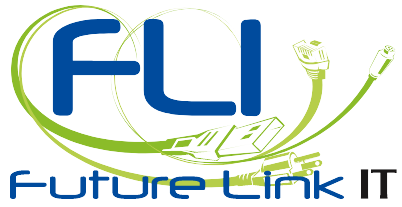
When your Microsoft software, PCs or servers reach the end of support you have decisions to make. Should you upgrade or replace?
It’s not a decision to make lightly. The cycle of software updates and the costs that these bring can be a heavy burden on any company.
Fortunately, there are three key factors – compatibility, life expectancy and cost – you can evaluate to determine your best course of action.
Compatibility
Consider how any software or hardware updates will impact compatibility with your existing hardware or software. For example, one sign that a device has reached the end of its useful life is when a software update will not work with the device in question.
Life expectancy
Consider if upgrades will extend the lifespan of your PCs or servers enough to justify the cost. In many cases, it makes more sense to simply replace equipment.
Cost
Keep in mind that upgrading software, such as an operating system, may require new or upgraded hardware. There will also be labor costs associated with the upgrade that can influence your decision about how to proceed.
To illustrate – a PC that is loaded with Windows 7 will not necessarily take a lot of time to upgrade to Windows 10. It may be well worth an upgrade as long as the PC is able to run Windows 10.
On the other hand, upgrading a server from 2008-2016 is a time-consuming project and is best done only when you’re also replacing other hardware.
Sometimes, after the main rolls of a server are moved to new hardware – the old hardware can be upgraded and repurposed for additional redundancy. Perhaps as a backup domain controller or even to help manage backups.
Too much to handle?
It can be quite a challenge to track and plan for end of support issues. Future Link IT can help. We will plan, manage, update and replace your Windows products so that you can focus on more important things – like growing your business.
Call us – we’ll help you through the process.
